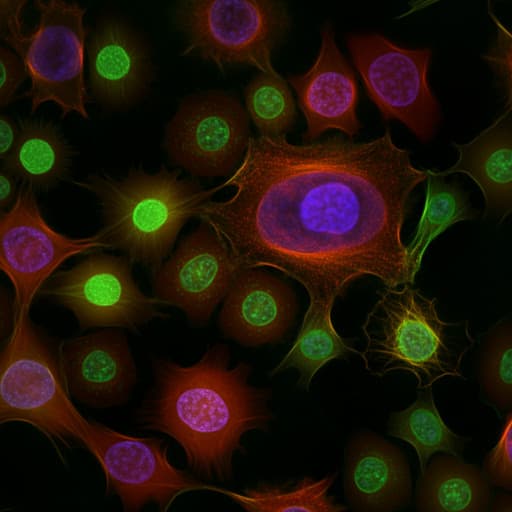
Medicine and Health
A comparative analysis of endometrial cancer disparities in incidence, mortality, and survival between women living in Puerto Rico, Non-Hispanic Blacks, Non-Hispanic Whites, and US Hispanics between 2000-2018
A. Rosario-santos, C. R. Torres-cintrón, et al.
Discover the alarming trends of endometrial cancer incidence, mortality, and survival rates among different ethnic groups in the U.S. and Puerto Rico. This research reveals striking disparities, especially among younger Puerto Rican women, as well as important mortality findings for non-Hispanic Black women. Conducted by Ana Rosario-Santos and colleagues, this study calls for further investigation into factors like histology and quality of life.
~3 min • Beginner • English
Related Publications
Explore these studies to deepen your understanding of the subject.







